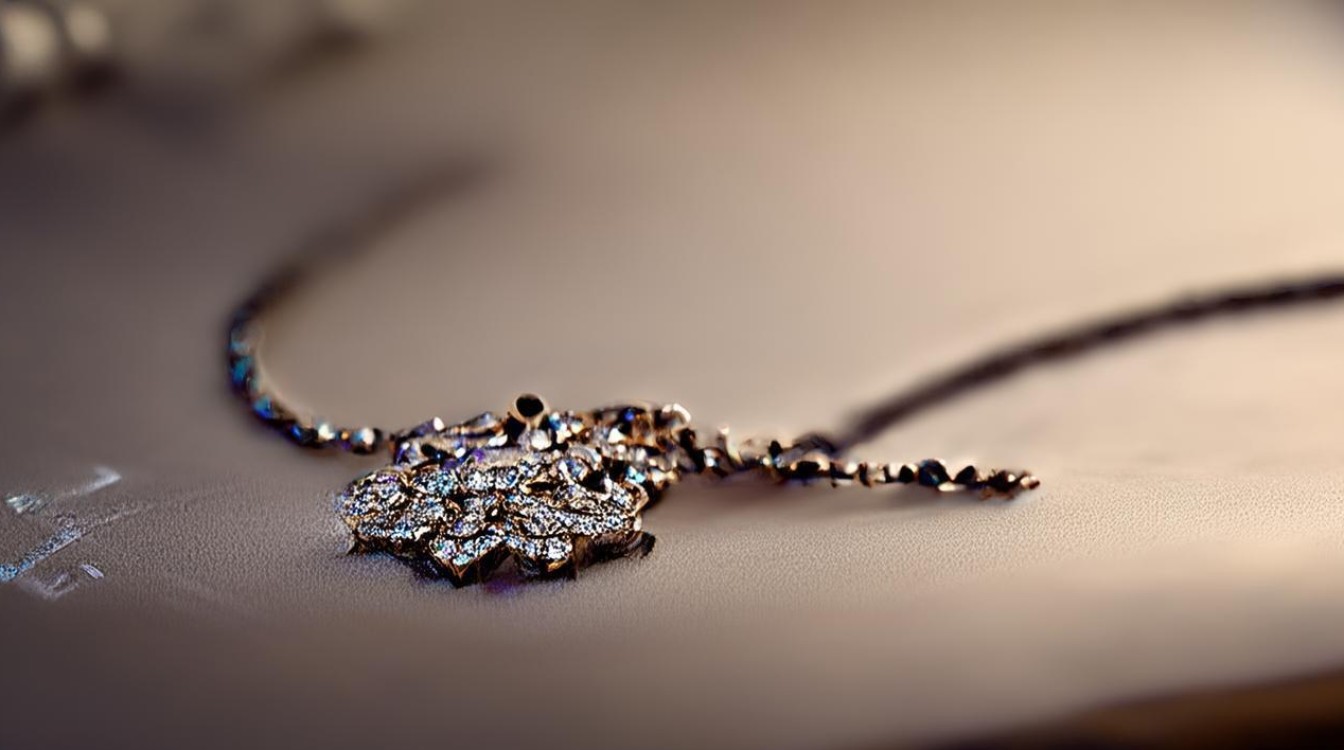When preparing for the IELTS Speaking test, discussing topics like "jewellery" can be both engaging and insightful. Jewellery, as a form of personal adornment, carries cultural, emotional, and aesthetic significance, making it a rich subject for conversation. Below is a structured exploration of this topic, designed to help candidates articulate their thoughts clearly and coherently.

Understanding Jewellery in Context
Jewellery has been a part of human civilization for thousands of years, serving various purposes beyond mere decoration. In ancient times, it symbolized status, wealth, and power. For example, in ancient Egypt, gold and lapis lazuli were reserved for pharaohs and nobles, while in medieval Europe, gemstones were believed to possess protective qualities. Today, jewellery continues to hold cultural importance, with specific pieces worn during ceremonies, weddings, or religious rituals.
From a personal perspective, jewellery often carries sentimental value. A family heirloom, such as a grandmother’s necklace or a father’s watch, can evoke memories and connections to the past. For others, jewellery is a form of self-expression, reflecting individual style, creativity, or even rebelliousness.
Types of Jewellery and Their Appeal
Jewellery comes in countless forms, each catering to different tastes and occasions. The table below categorizes common types and their characteristics:
| Category | Examples | Common Materials | Occasions |
|---|---|---|---|
| Fine Jewellery | Necklaces, earrings, bracelets | Gold, platinum, diamonds, pearls | Weddings, galas, formal events |
| Fashion Jewellery | Statement rings, layered necklaces | Silver, brass, synthetic stones | Casual outings, parties |
| Cultural Jewellery | Toe rings, mangalsutras, charm bracelets | Silver, gold, beads, enamel | Festivals, rituals, daily wear |
| Designer Jewellery | Limited-edition pieces, bespoke items | Precious metals, unique gemstones | Special celebrations, gifts |
The appeal of jewellery lies in its versatility. While some prefer minimalist designs for everyday use, others opt for bold, intricate pieces to make a statement. For instance, a simple gold chain may symbolize elegance, whereas a chunky silver bracelet could convey a bohemian vibe.
Jewellery in Modern Society
In contemporary times, the jewellery industry has evolved to include sustainable and ethical practices. Consumers are increasingly aware of the environmental and social impact of mining, leading to a rise in lab-grown diamonds and recycled metals. Brands like Tiffany & Co. and Pandora now emphasize transparency, ensuring their products are sourced responsibly.
Additionally, technology has transformed how jewellery is designed and purchased. 3D printing allows for intricate, customized designs, while online platforms make it easier to browse and buy pieces from around the world. Social media influencers also play a role in shaping trends, showcasing jewellery through styling tips and haul videos.
Describing Jewellery in IELTS Speaking
For IELTS candidates, describing jewellery effectively requires attention to detail and vocabulary. Here’s a sample answer to a potential question: "Describe a piece of jewellery you own."
"I own a silver bracelet that my best friend gave me for my 21st birthday. It’s delicate and has a small heart-shaped charm engraved with our initials. The bracelet is lightweight, so I wear it almost daily, especially when I’m going out for casual gatherings. What I love most about it is the sentimental value—it reminds me of our friendship and the fun times we’ve shared together. Over the years, it has developed a slight patina, which I think adds character."
This answer includes:
- Details: Material (silver), design (heart-shaped charm), usage (daily wear).
- Emotional connection: Sentimental value, memory of friendship.
- Observation: Patina adding character.
FAQs About Jewellery in IELTS Speaking
How can I expand my vocabulary related to jewellery for the IELTS test?
To enhance your vocabulary, focus on terms describing materials (e.g., "platinum," " vermeil"), designs (e.g., "intricate," "minimalist"), and sentiments (e.g., "heirloom," "sentimental value"). Practice using these words in sentences, and listen to native speakers discussing jewellery in podcasts or videos. Additionally, study adjectives like "exquisite," "ornate," or "understated" to describe pieces vividly.
What are some common follow-up questions about jewellery in Part 3 of the IELTS Speaking test?
In Part 3, examiners may ask abstract questions such as:
- "Why do you think people invest in expensive jewellery?"
- "How has the role of jewellery changed in modern society compared to the past?"
Prepare by discussing themes like status symbolism, cultural shifts, and the influence of technology. For example, you might note that while jewellery once signified wealth, today it often reflects personal identity or ethical values.
By understanding the cultural, personal, and modern aspects of jewellery, candidates can approach this topic with confidence, offering nuanced and engaging responses in the IELTS Speaking test.











